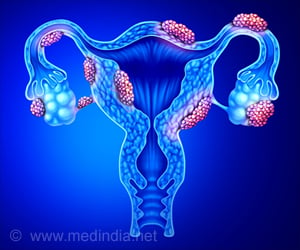Inducing labor pain in women with gestational hypertension or preeclampsia at the end of pregnancy can reduce the number of complications for the mother, without compromising the infant's health.

‘Inducing labor pain in women with gestational hypertension or preeclampsia at the end of pregnancy can reduce the number of complications for the mother, without compromising the infant's health.’
Read More..




An analysis evaluated the impact of the HYPITAT-I findings on timing of labor and subsequent outcomes for mother and child in the Netherlands.Read More..
The analysis corroborated the results of the HYPITAT-I trial, concluding that inducing labor is the optimal management strategy. It showed that in the period after the HYPITAT-I trial, the rate of induction of labor at the end of pregnancy was increased in women with hypertensive disease in the Netherlands. This might have contributed to benefits for both women and their newborns.
"With our impact analysis, we were able to evaluate whether expected results based on a randomized controlled trial were or could be reflected in daily care," said lead author Catherine de Sonnaville, of OLVG, in the Netherlands.
"Also, this is the only way to reveal unintended effects resulting from widespread adoption of interventions and therefore provides important information."
Source-Eurekalert















